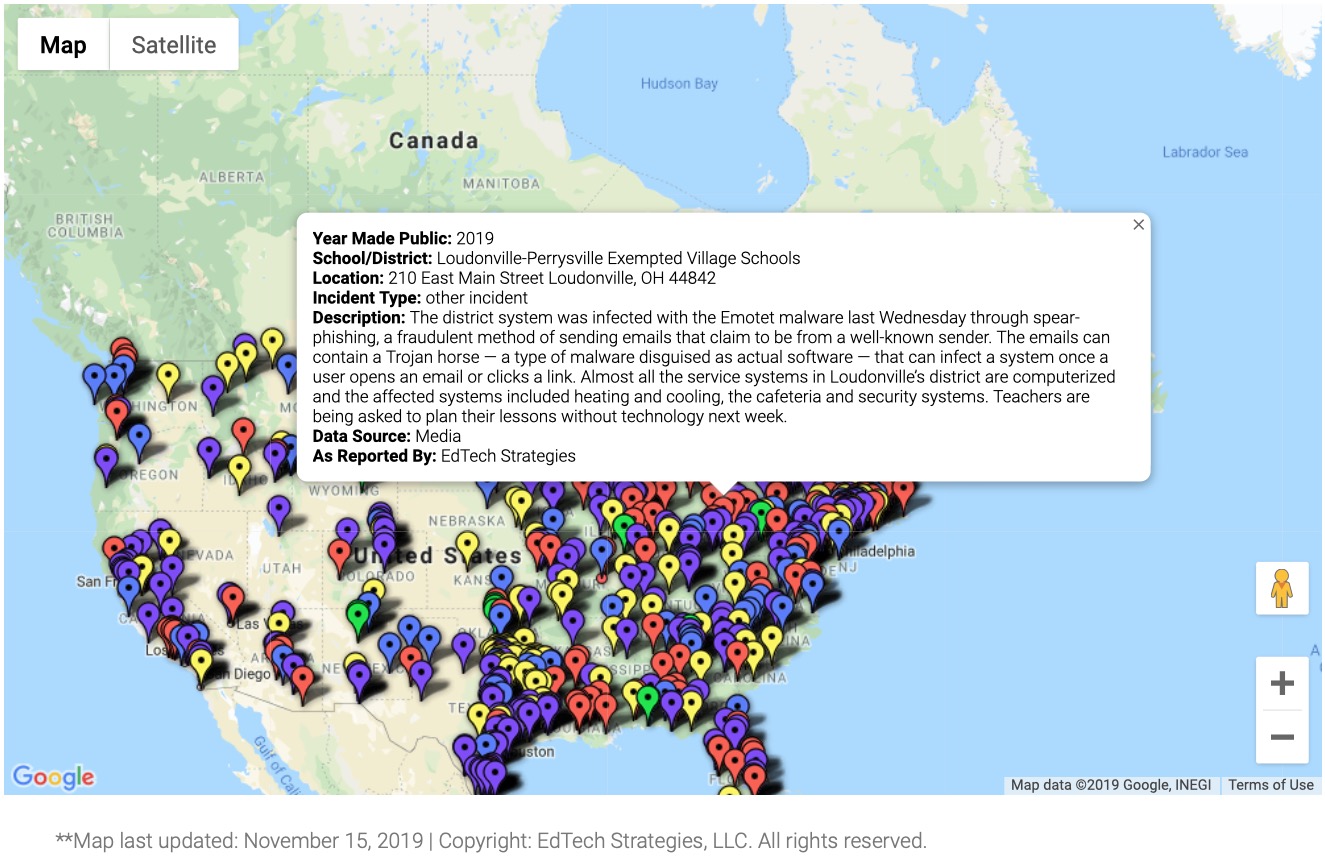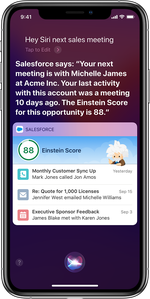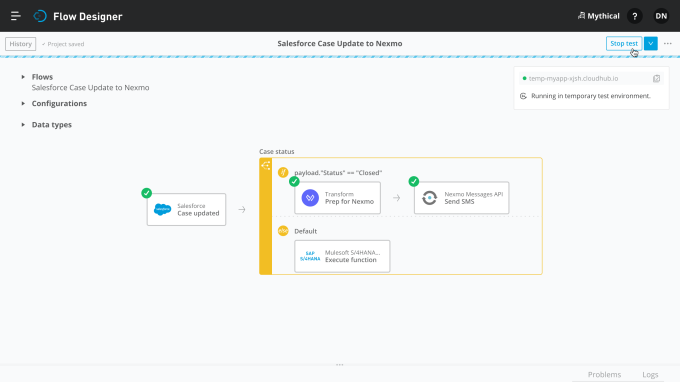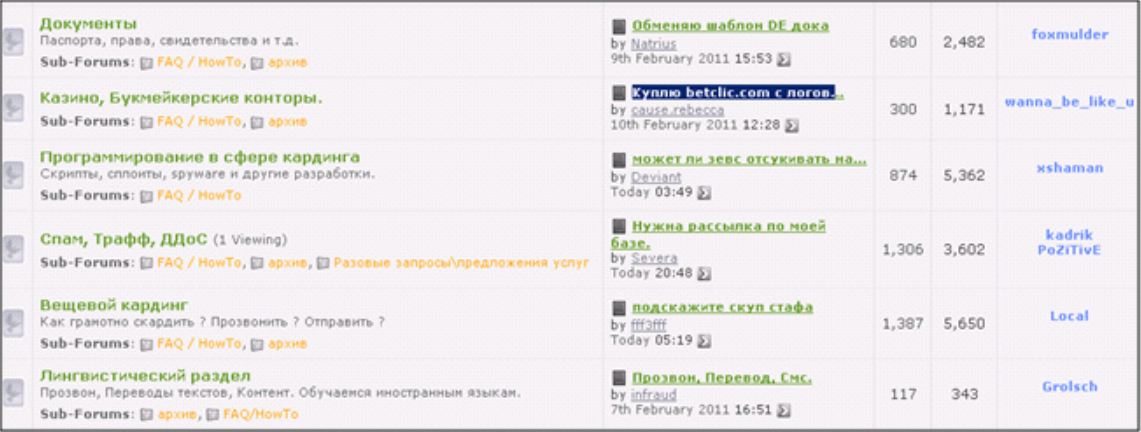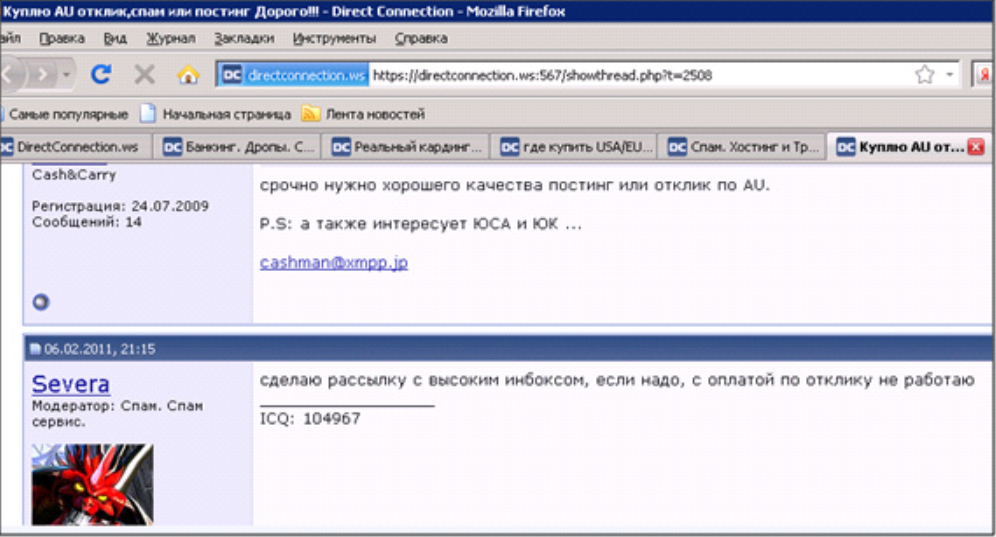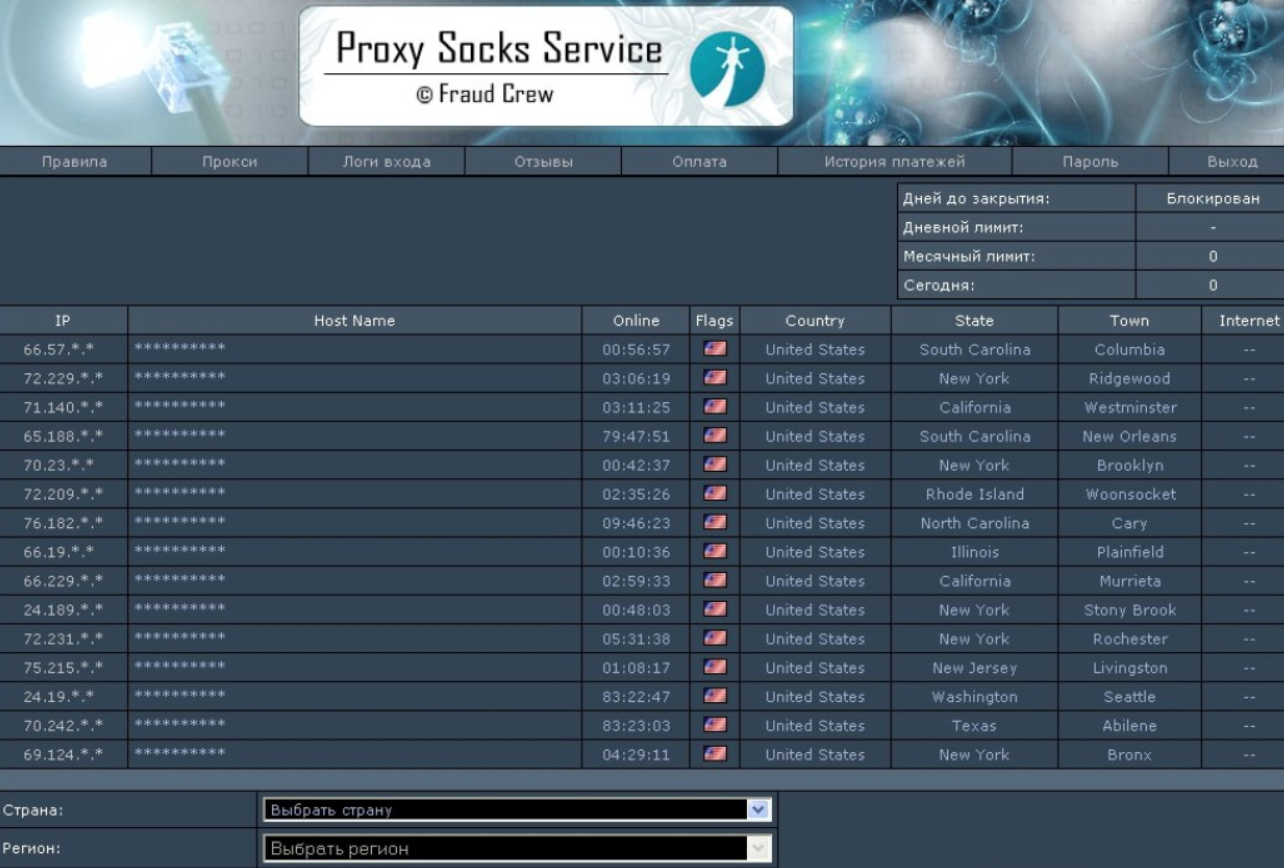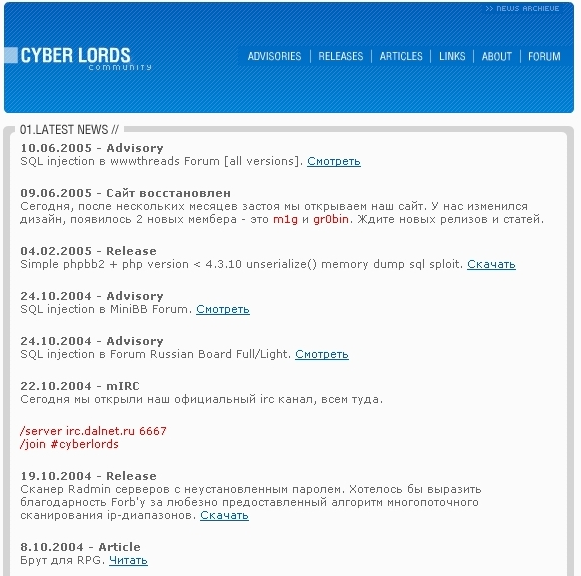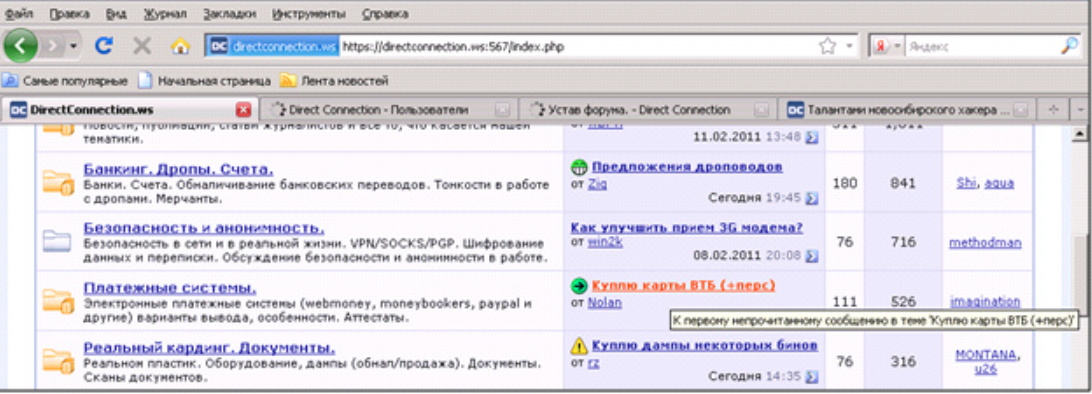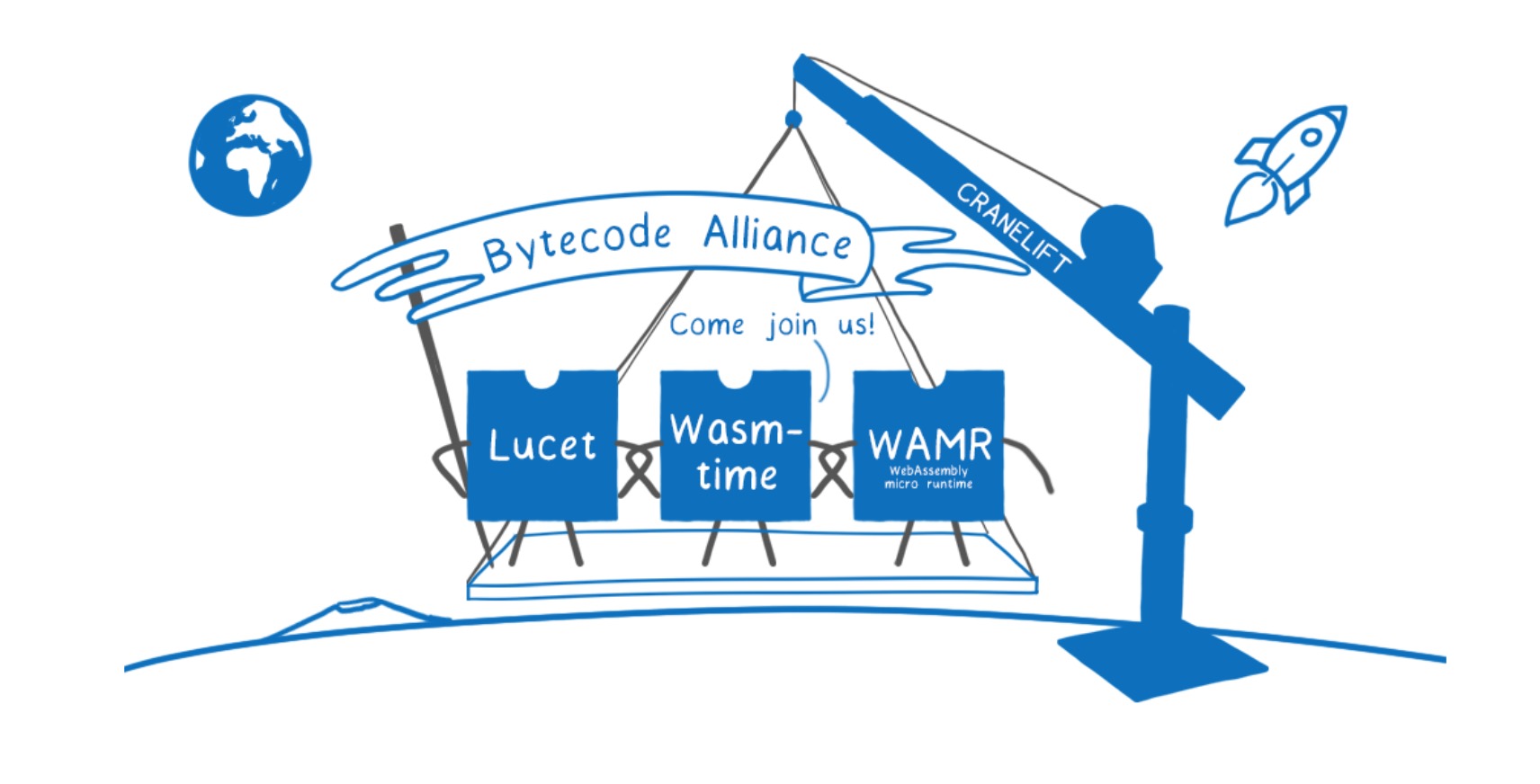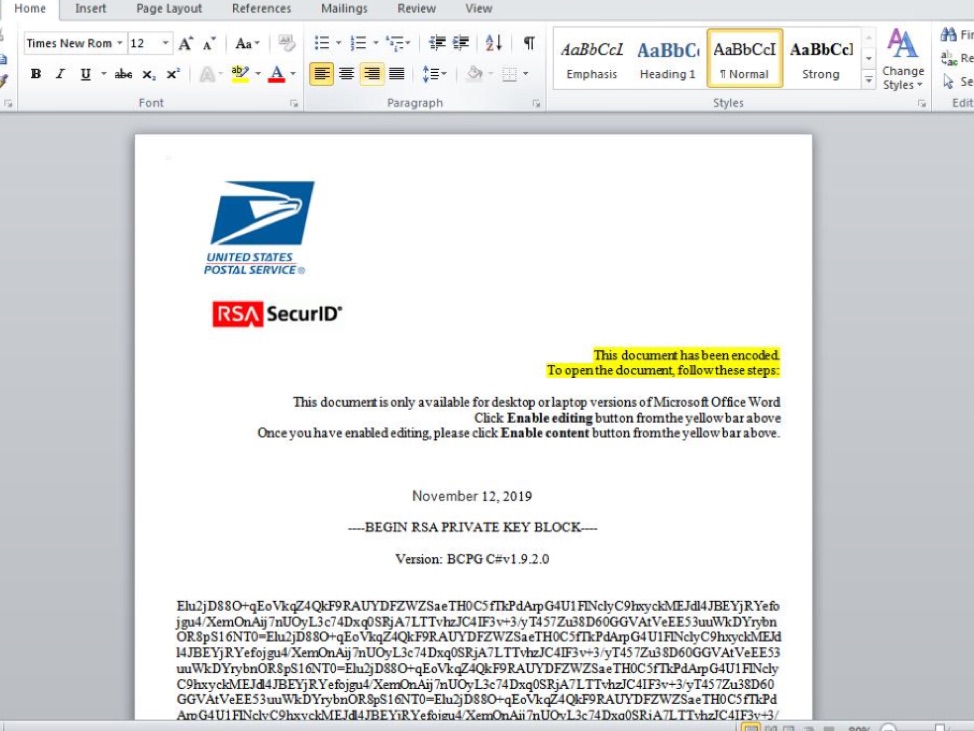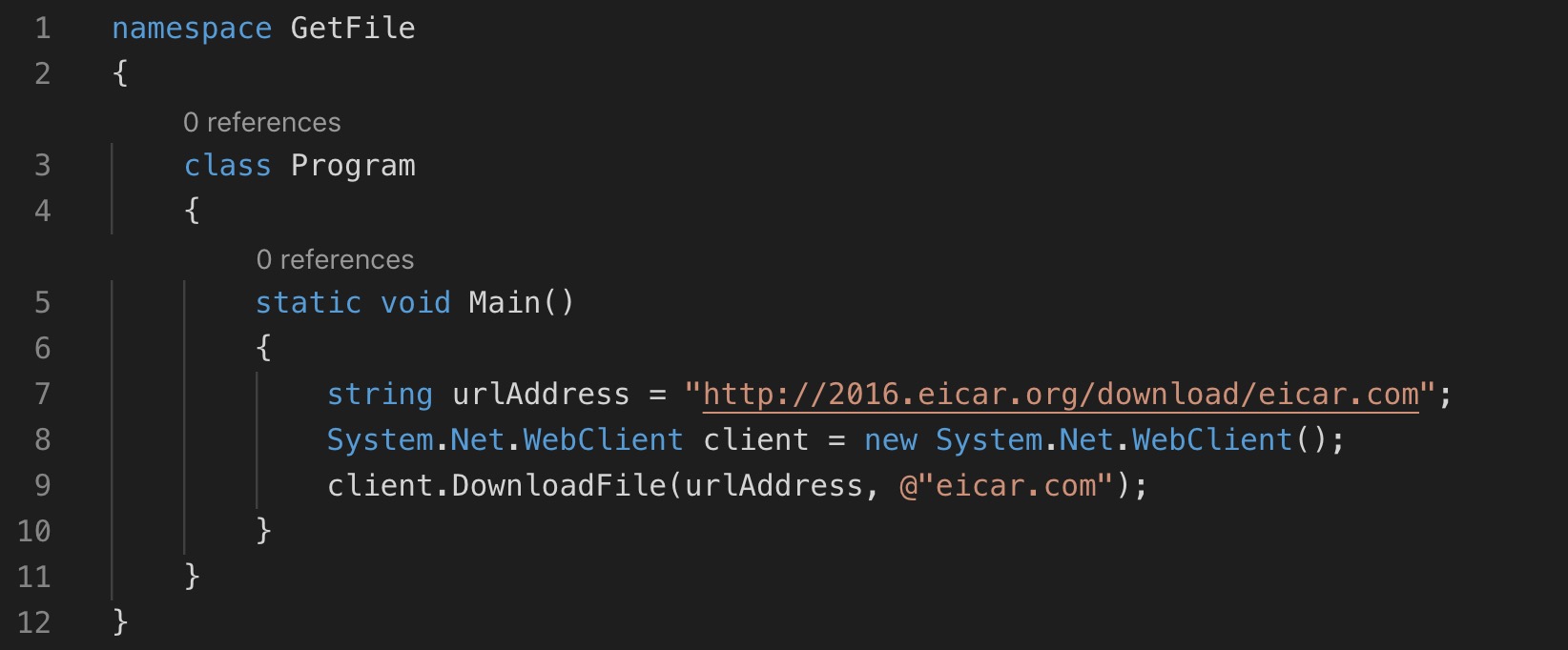Ransomware Bites 400 Veterinary Hospitals
National Veterinary Associates (NVA), a California company that owns more than 700 animal care facilities around the globe, is still working to recover from a ransomware attack late last month that affected more than half of those properties, separating many veterinary practices from their patient records, payment systems and practice management software. NVA says it expects to have all facilities fully back up and running normally within the next week.
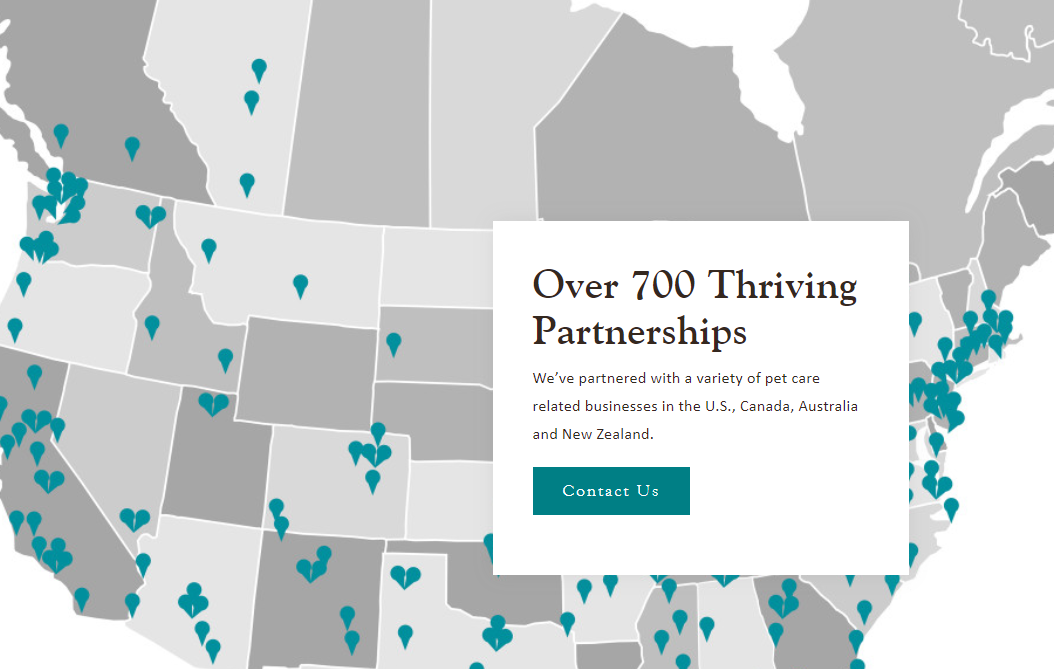
Agoura Hills, Calif.-based NVA bills itself as is the largest private owner of freestanding veterinary hospitals in the United States. The company’s Web site says it currently owns roughly 700 veterinary hospitals and animal boarding facilities in the United States, Canada, Australia and New Zealand.
NVA said it discovered the ransomware outbreak on the morning of Sunday, Oct. 27, and soon after hired two outside security firms to investigate and remediate the attack. A source close to the investigation told KrebsOnSecurity that NVA was hit with Ryuk, a ransomware strain first spotted in August 2018 that targets mostly large organizations for a high-ransom return.
NVA declined to answer questions about the malware, or whether the NVA paid the ransom demand.
“It was ransomware, but we’ve been referring to it as a malware incident,” said Laura Koester, NVA’s chief marketing officer.
Koester said because every NVA hospital runs their IT operations as they see fit, not all were affected. More importantly, she said, all of the NVA’s hospitals have remained open and able to see clients (animals in need of care), and access to patient records has been fully restored to all affected hospitals.
“For a few days, some [pet owners] couldn’t do online bookings, and some hospitals had to look at different records for their patients,” Koester said. “But throughout this whole thing, if there was a sick animal, we saw them. No one closed their doors.”
The source close to the investigation painted a slight less rosy picture of the situation at NVA, and said the company’s response has been complicated by the effects of wildfires surrounding its headquarters in Los Angeles County: A year ago, a destructive wildfire in Los Angeles and Ventura Counties burned almost 100,00 acres, destroyed more than 1,600 structures, killed three people and prompted the evacuation of nearly 300,000 people — including all residents of Agoura Hills.
“The support center was scheduled to be closed on Friday Oct 25, 2019 due to poor air quality caused by wildfires to the north,” said the source, who asked to remain anonymous. “Around 2 am PT [Oct. 27], the Ryuk virus was unleashed at NVA. Approximately 400 locations were infected. [Microsoft] Active Directory and Exchange servers were infected. Many of the infected locations immediately lost access to their Patient Information Management systems (PIMs). These locations were immediately unable to provide care.”
The source shared internal communications from different NVA executives to their hospitals about the extent of the remediation efforts and possible source of the compromise, which seemed to suggest that at least some NVA properties have been struggling to accommodate patients.
A missive from NVA’s Director of Operations Robert Hill on Oct. 30 acknowledged that “we continue to be faced with a monumental effort to restore IT service [to] nearly 400 of our hospitals.”
“This really hit home for me Saturday,” Hill wrote. “One of my best friends had to take his Yellow Lab into Conejo Valley for urgent care. Thankfully CV was able to provide care as their [systems] were up and running, but many of our hospitals are not in as good shape.”
In an update sent to NVA hospitals on Nov. 6, the company’s new head of technology Greg Hartmann said its security system successfully blocked the ransomware from infiltrating its systems — at least at first.
“Because of the scale of the attack, the virus eventually found three smaller points of entry through accounts that were unaffiliated with NVA, but unfortunately opened within our network,” Hartmann said. “Upon discovery of the incident, our technology team immediately implemented procedures to prevent the malware from spreading; however, many local systems were affected. Still, we have many hospitals whose systems are not recovered. The technology team continues to set up interim workstations at each affected hospital while they prepare to rebuild servers.”
The source told KrebsOnSecurity that NVA suffered a separate ransomware infestation earlier this summer that also involved Ryuk, and they expressed concern that the first incident may not have been fully remediated — potentially letting the attackers maintain a foothold within the organization.
“This is the second time this year Ryuk struck NVA,” the source said. “The first time, NVA was rather open to all facilities about what happened. This time, however, they are simply referring to it as a ‘system outage.’”

A set of talking points NVA distributed to staff on Oct. 27, the day some 400 veterinary hospitals were hit with the Ryuk ransomware.
Koester said some NVA facilities did get hit with a malware incident earlier this year, but that she did not believe ransomware was involved in that intrusion.
The Ryuk ransomware has made a name for itself going after businesses that supply services to other companies — particularly cloud-data firms — with the ransom demands set according to the victim’s perceived ability to pay. In February, payroll software provider Apex Human Capital Management chose to pay the ransom demand after a Ryuk infection severed payroll management services for hundreds of the company’s customers. And on Christmas Eve 2018, cloud hosting provider Dataresolution.net suffered a multi-week outage after a Ryuk attack.
According to a bulletin released by the FBI in May, cybercriminals had targeted over 100 U.S. and international businesses with Ryuk since August 2018. Security firm CrowdStrike estimated that attackers deploying Ryuk had netted over $3.7 million in bitcoin ransom payments between Aug. 2018 and January 2019.
Many people and organizations may be under the impression that ransomware attacks like Ryuk can appear at a moment’s notice merely from someone clicking a malicious link or opening a booby-trapped email attachment. While the latter appears to be the most common vector for ransomware infestations, an advisory released in September by the U.K’s National Cyber Security Centre suggests most Ryuk victims are compromised weeks or months before the ransomware is actually deployed inside the victim’s network.
“The Ryuk ransomware is often not observed until a period of time after the initial infection – ranging from days to months – which allows the actor time to carry out
reconnaissance inside an infected network, identifying and targeting critical network systems and therefore maximizing the impact of the attack,” reads the NCSC advisory, which includes tips on spotting signs of a Ryuk infection. “But it may also offer the potential to mitigate against a ransomware attack before it occurs, if the initial infection is detected and remedied.”
As for what changes NVA will be making to prevent yet another ransomware outbreak, an internal update on Nov. 7 from NVA’s chief information officer Joe Leggio said NVA was investing in software from Carbon Black, a cloud-based security solution that will be installed on all NVA property computers.
“Throughout my career, I have witnessed incredible advances in technology making our lives better,” Leggio wrote. “At nearly the same rate, the bad guys have been increasing the aggressiveness and sophistication of their attacks. As we rebuild, we are also thinking of the future. That is why we are investing in cybersecurity talent, new infrastructure, and better software.”


